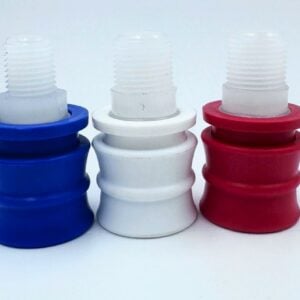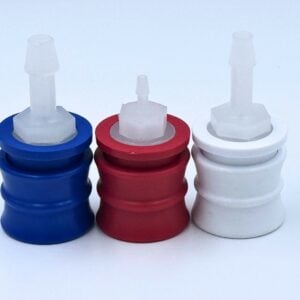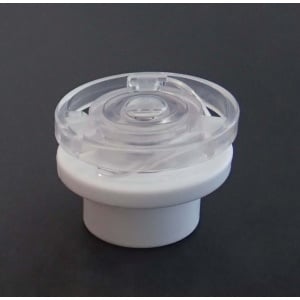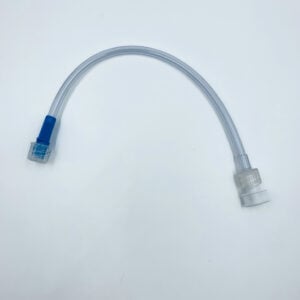Description
Dialysate Line with Flow Rate Restrictor
Overview:
A dialysate line flow restrictor is a pre-assembled disposable tube used in hemodialysis to regulate the flow of dialysate solution. It contains:
- Two female Hansen connectors for connection to the dialysis machine and other lines.
- An integrated restrictor within the tubing limits the dialysate flow rate.
Use in Dialysis:
- Dialysis machines deliver a specific amount of dialysate solution for optimal treatment.
- In some cases, like in-series tandem dialysis, where two dialyzers are connected together, a lower dialysate flow rate might be desire.
- The built-in restrictor ensures a consistent, reduced flow rate without manual adjustments during this type of dialysis
Benefits:
- Accurate Flow Rate: Maintains the prescribed low dialysate rate for specific treatment needs.
- Convenience: Eliminates the need for separate flow control devices or manual adjustments.
- Potential Cost Savings: Reduce dialysate usage may leas to lower overall treatment costs, although research is ongoing in this area.
Additional Points:
- These lines are prescribed by a doctor based on individual patients needs.
- They are disposable and likely need to be replaced after each dialysis session.
Its Important to note: Dialysate flow rate is a crucial factor in dialysis treatment, and healthcare professional determines the appropriate rat for each patient.
Dialysate flow rate is the rate at which dialysate is delivered during dialysis treatment. The flow rate is a factor in determining the total amount of dialysate needed for treatment, along wit the treatment time. The rate restrictor can reduce the can reduce the dialysate volume precisely as needed.
Flow Rate and Dialysis Efficiency:
Increasing the flow rate from 400 ml/min to 500 ml/min can improve dialysis efficiency because the higher the flow rate allows the dialysate to better penetrate the dialyzer’s hollow-fiber bundle.
| Part Number | MPC-728 |
| Configuration | Straight Line W/Flow Restrictor |
| Components | (2) White Female Hansen Connectors and (1) Flow Restrictor |
| Use | In-Series Tandem Dialysis |
| Packaging | Individually Packaged |






Reviews
There are no reviews yet.